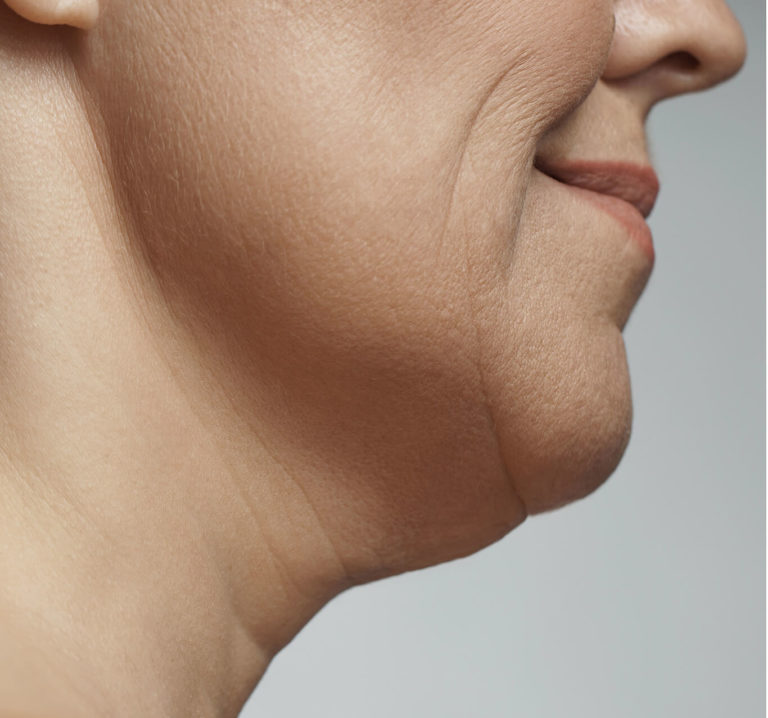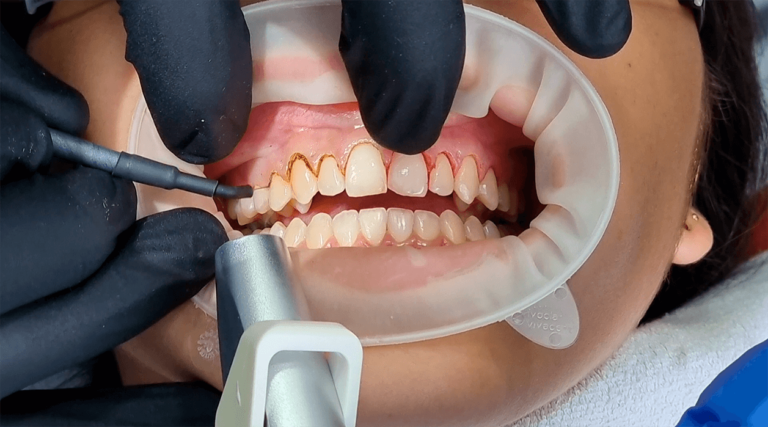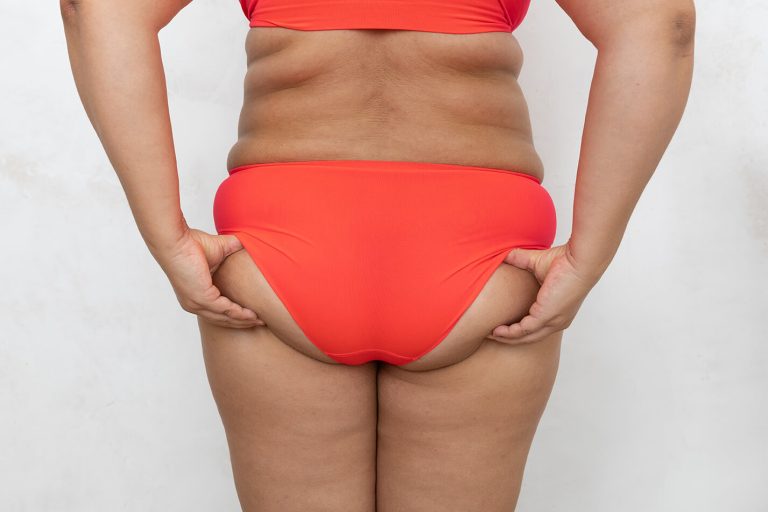Hydrolipoclasy
What is hydrolipoclasy?
Hydrolipoclasy is a non-surgical treatment to decrease localized fat and measurements in the abdomen, back, waist, thighs and hips..
This procedure consists of the infiltration of a saline solution in the areas to be treated, followed by the application of ultrasound, which breaks the fat cells, facilitating its natural elimination through the lymphatic system.
It is an ideal option for those looking to reduce volume in specific areas such as abdomen, thighs or arms without the need for surgery. Hydrolipoclasy has become popular for its effectiveness, safety and minimal invasion, offering visible results in a few sessions.
The term means hydro of water, fat lipo, and class of breaking fat cells. This treatment with this technique is intended for Fat loss and volume.
Benefits of hydrolipoclasy
Localized fat reduction: Helps eliminate fat in specific areas such as abdomen, thighs, buttocks and arms, improving body contour.
non-surgical procedure: It is a non-invasive alternative to liposuction, without the need for surgery or general anesthesia, which reduces risks and recovery time.
Visible results in a few sessions: Patients usually notice a reduction in the volume of the treated areas after a few sessions, with continuous improvements over time.
Quick recovery: Being minimally invasive, it allows you to resume daily activities almost immediately, with little or no downtime.
safety and effectiveness: The combination of saline and ultrasound is safe and well tolerated, with minimal and temporary side effects.
Treatment customization: It adapts to the individual needs of each patient, allowing to treat different areas of the body according to the desired objective.
The application of hydrolipoclasy consists of two phases: First, serum infiltration is carried out, causing a reaction of the adipose tissue, and then ultrasound of low frequency is performed. In this way, what is called cavitation is caused, which is the generation of bubbles that cause the breakage of fat cells and their subsequent elimination by metabolic pathways, naturally.
The session lasts approximately 60 minutes per zone, The number of sessions will depend on the needs of each patient and the type of fat accumulated. The patient will be able to return to their daily activities immediately.
For better results of hydrolipoclasy, a balanced diet and exercise 4 times a week are recommended.
How is the hydrolipoclasy procedure performed?
Hydrolipoclasia is carried out from the application of physiological solution and lipolytic drugs in the area to be treated, ending the procedure with an ultrasound or radiofrequency and achieving the rupture of fat cells.
The application of hydrolipoclasy consists of two phases: First, serum infiltration is carried out, causing a reaction of the adipose tissue, and then ultrasound of low frequency is performed. In this way, what is called cavitation is caused, which is the generation of bubbles that cause the breakage of fat cells and their subsequent elimination by metabolic pathways, naturally.
The session lasts approximately 60 minutes per zone, The number of sessions will depend on the needs of each patient and the type of fat accumulated. The patient will be able to return to their daily activities immediately.
For better results of hydrolipoclasy, a balanced diet and exercise 4 times a week are recommended.

Results you can
reach and enjoy
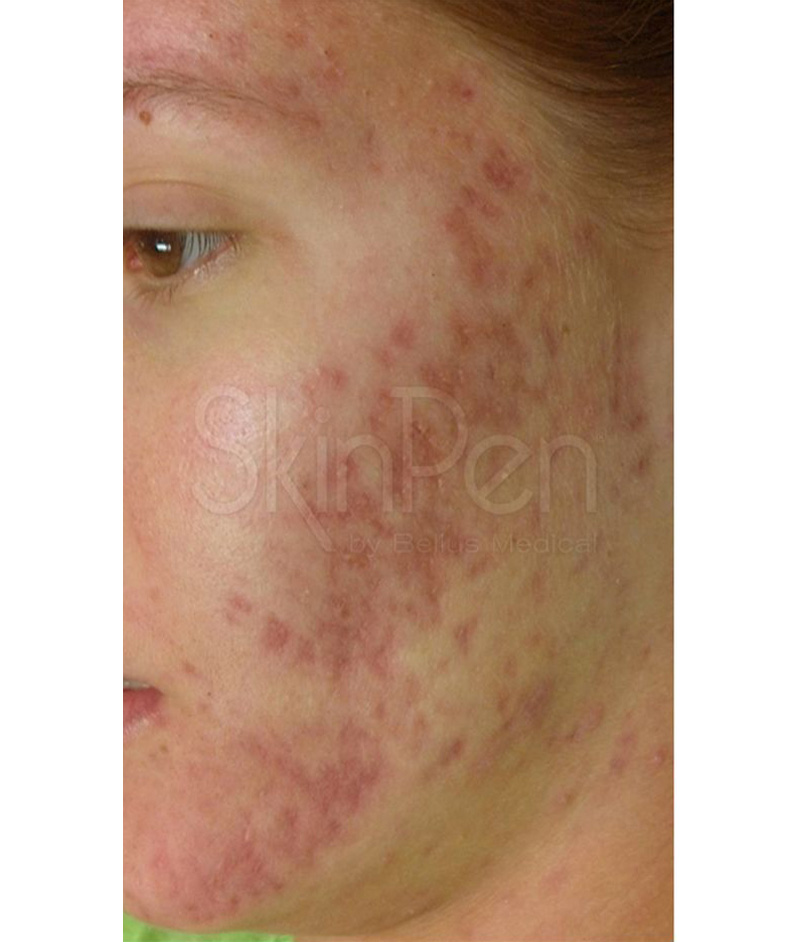
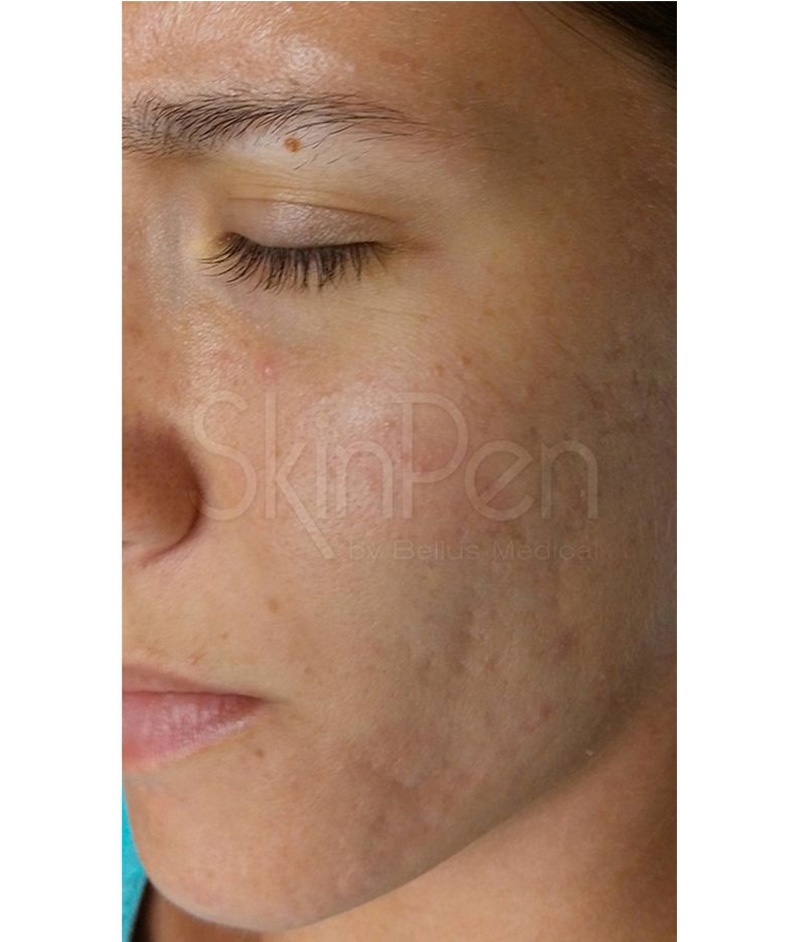
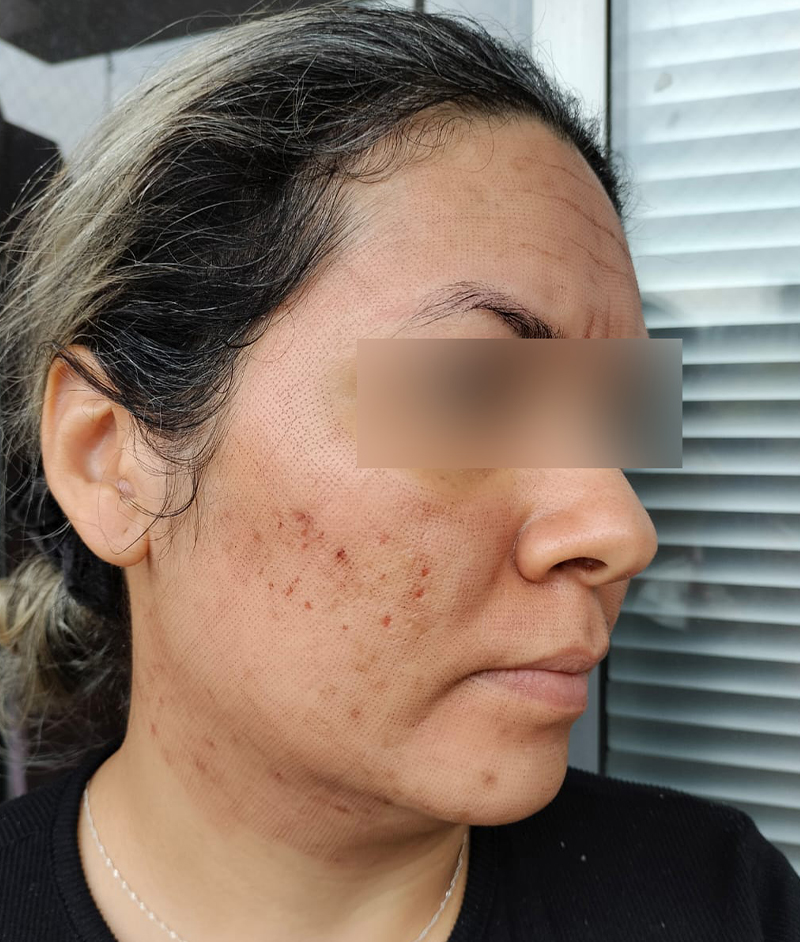
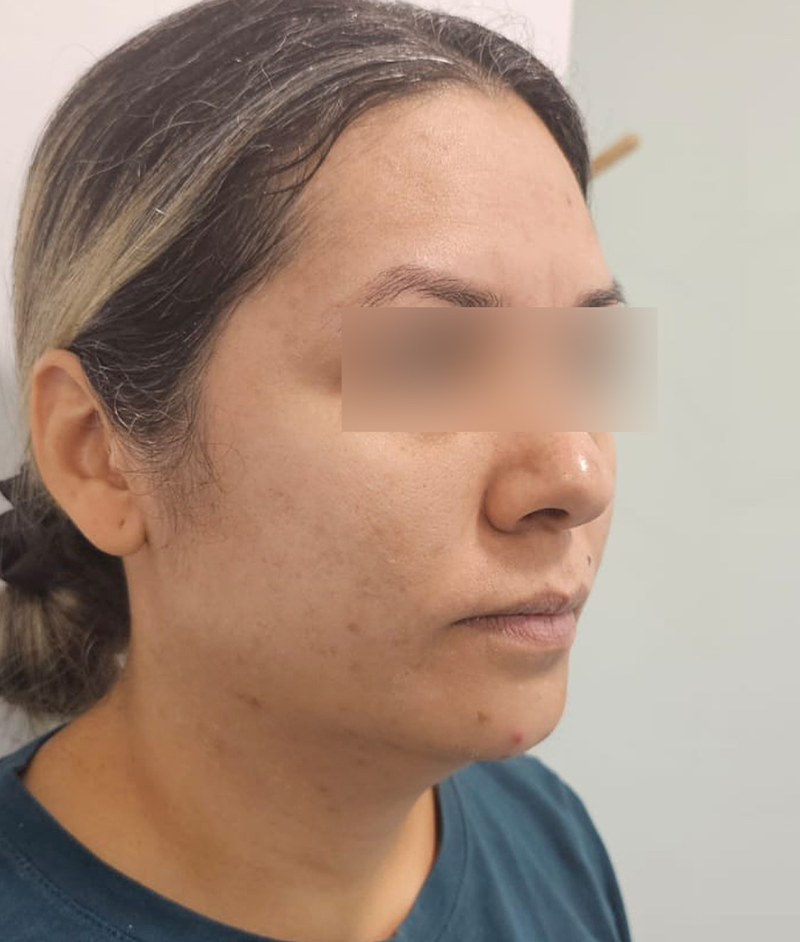
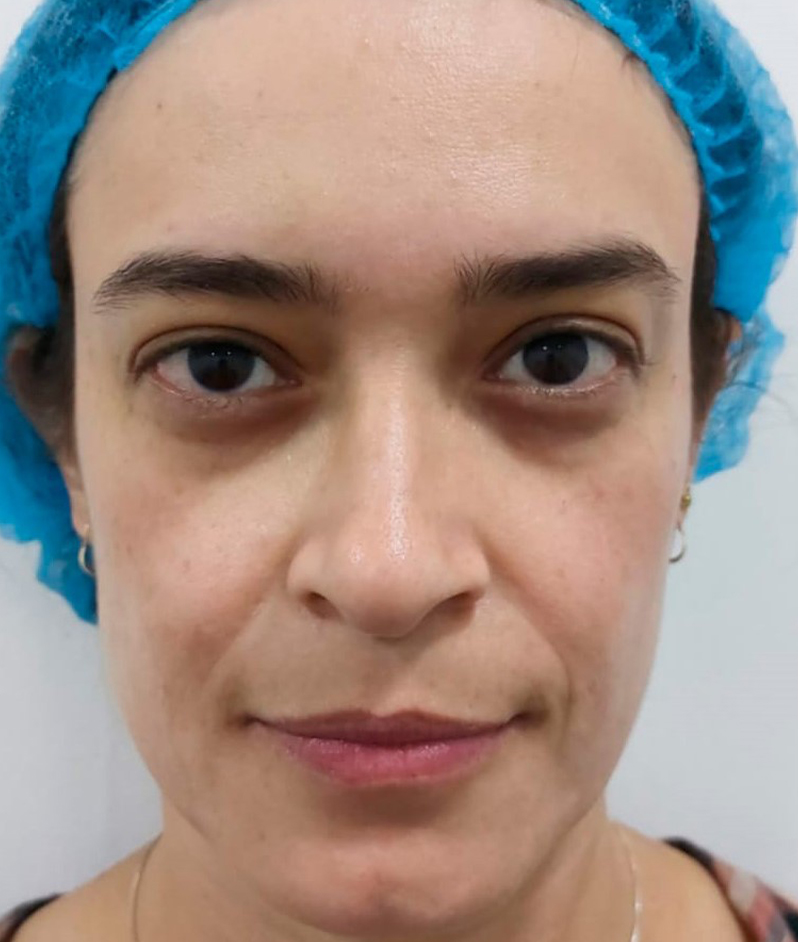
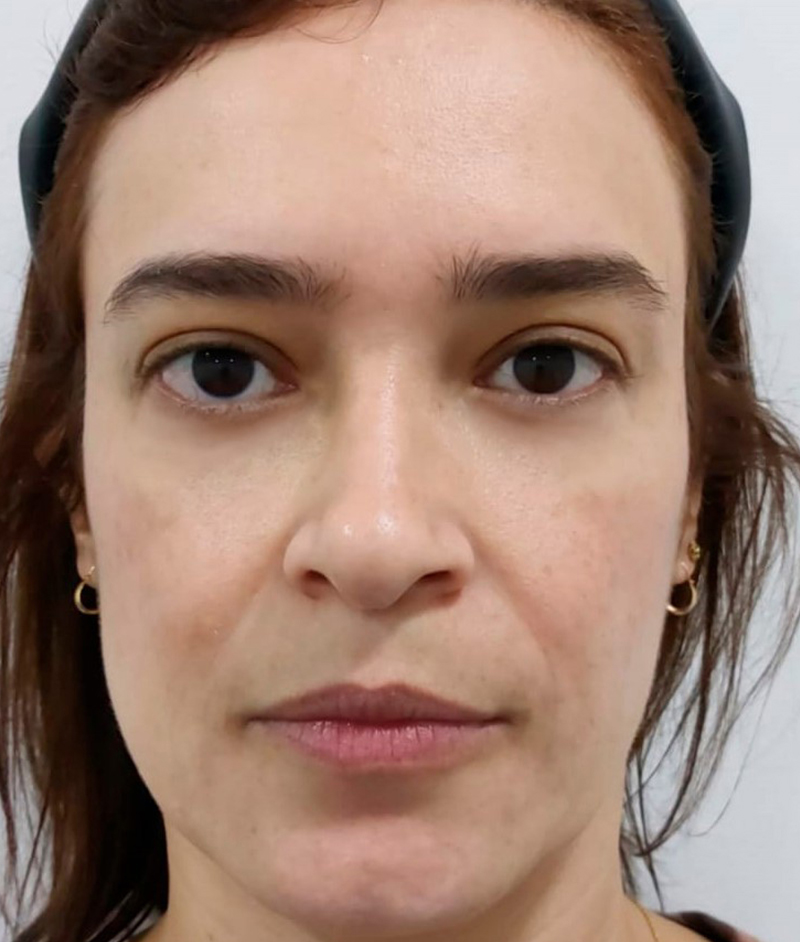
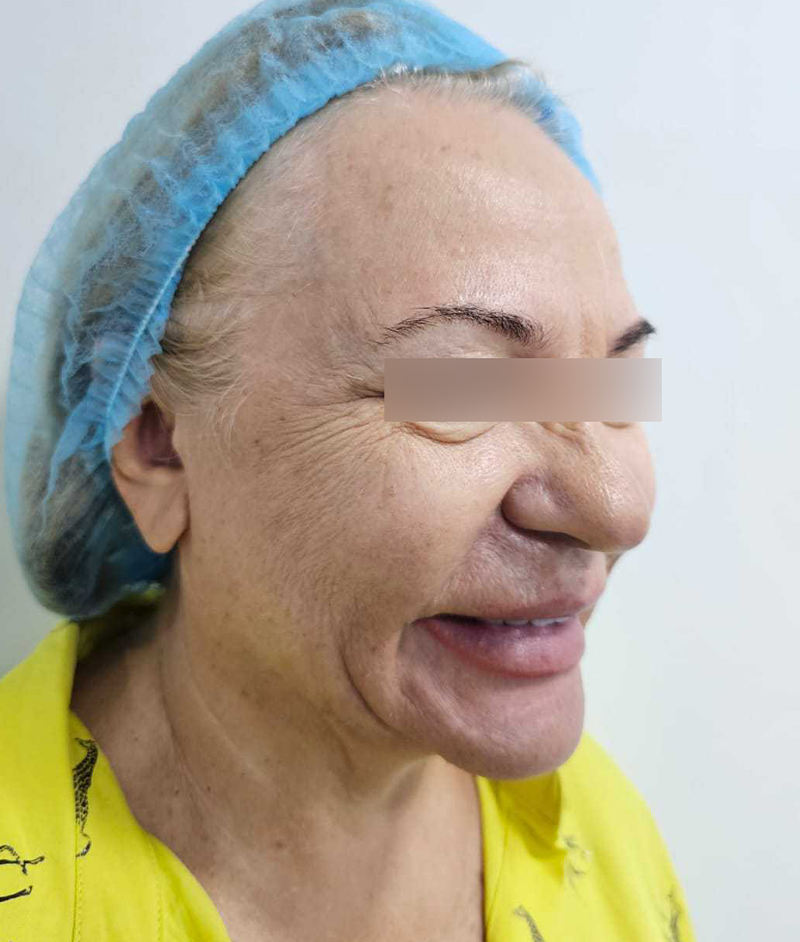
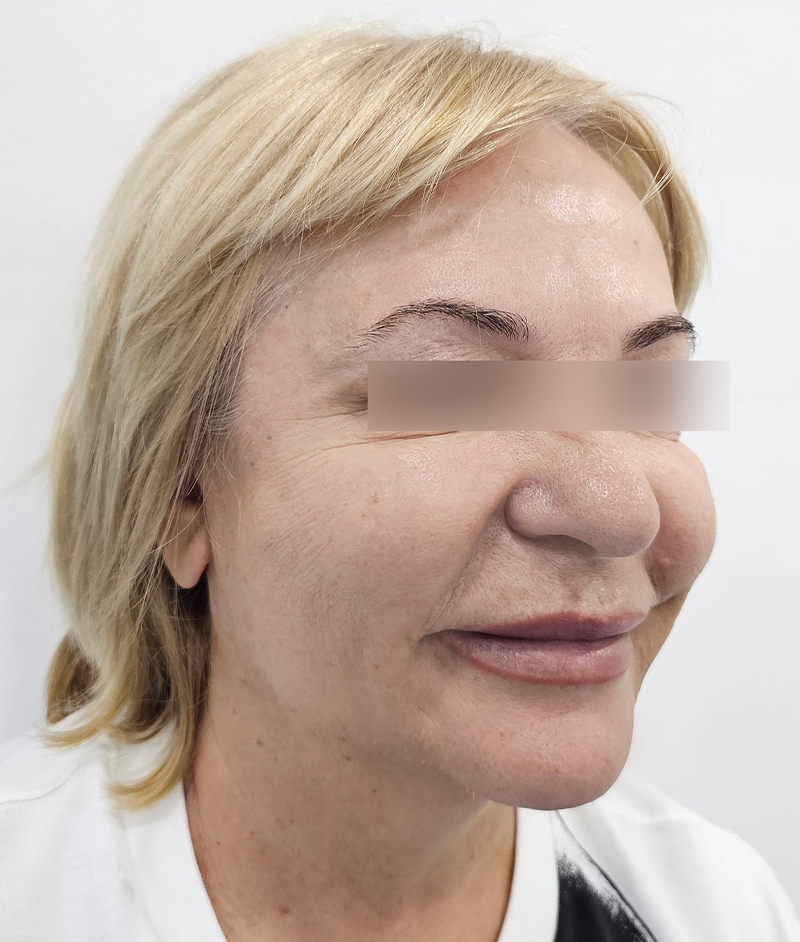
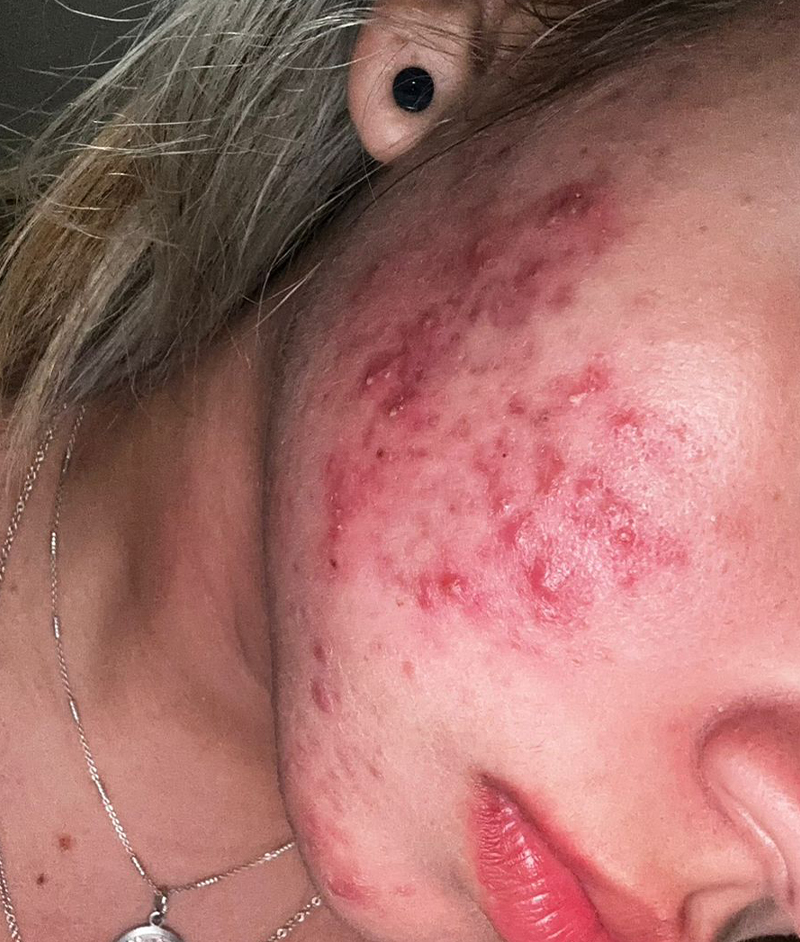
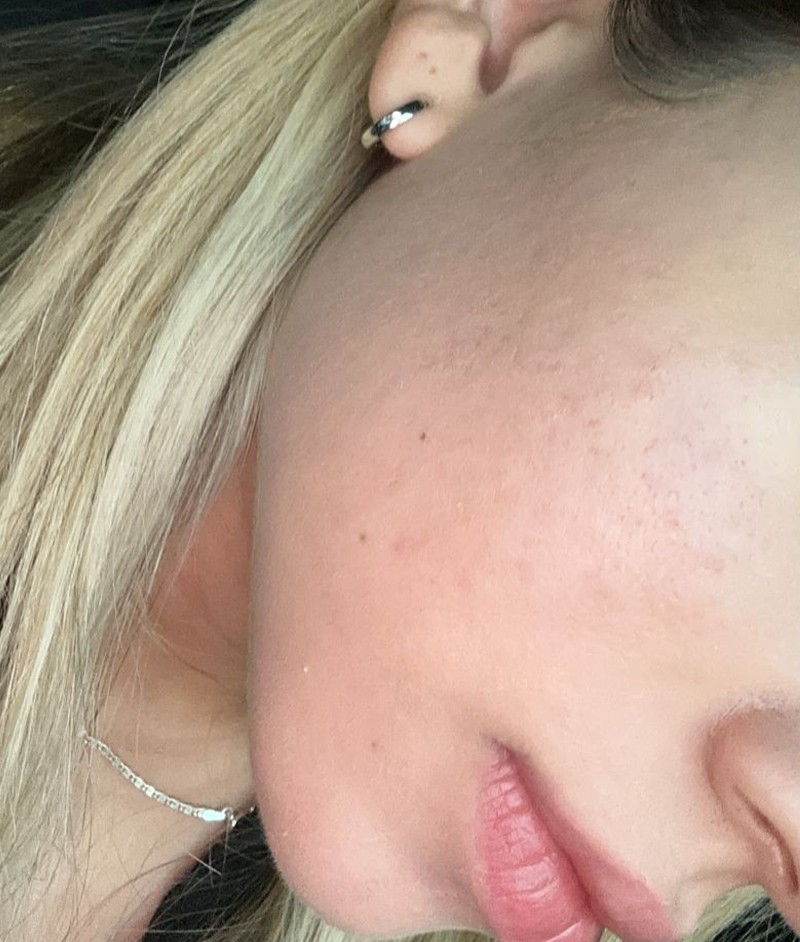
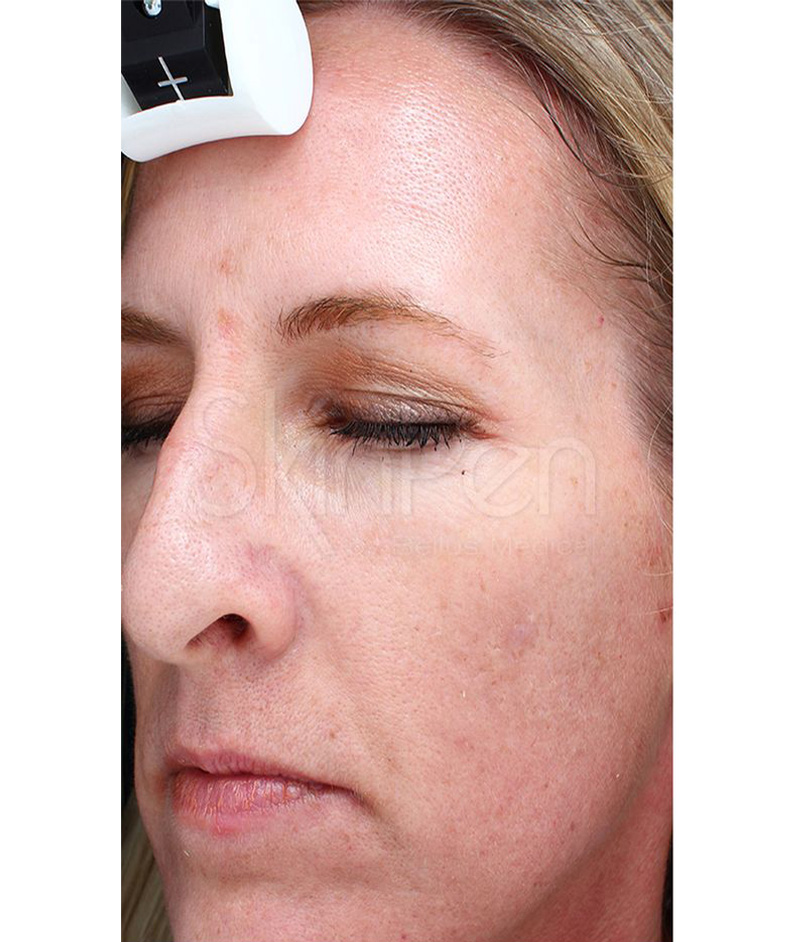
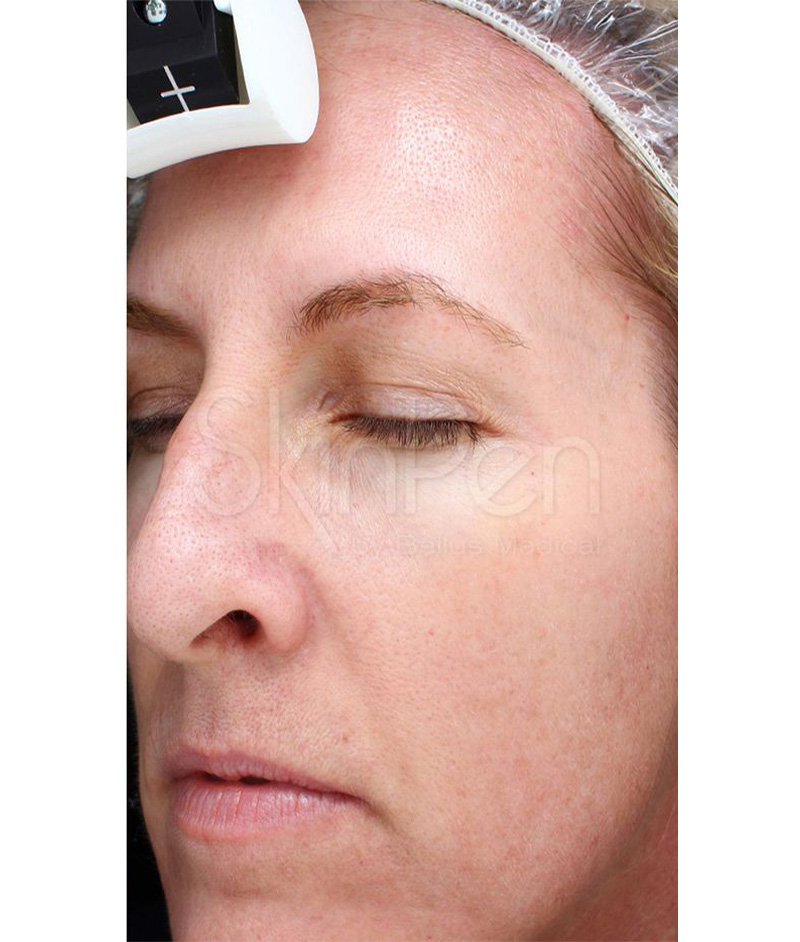
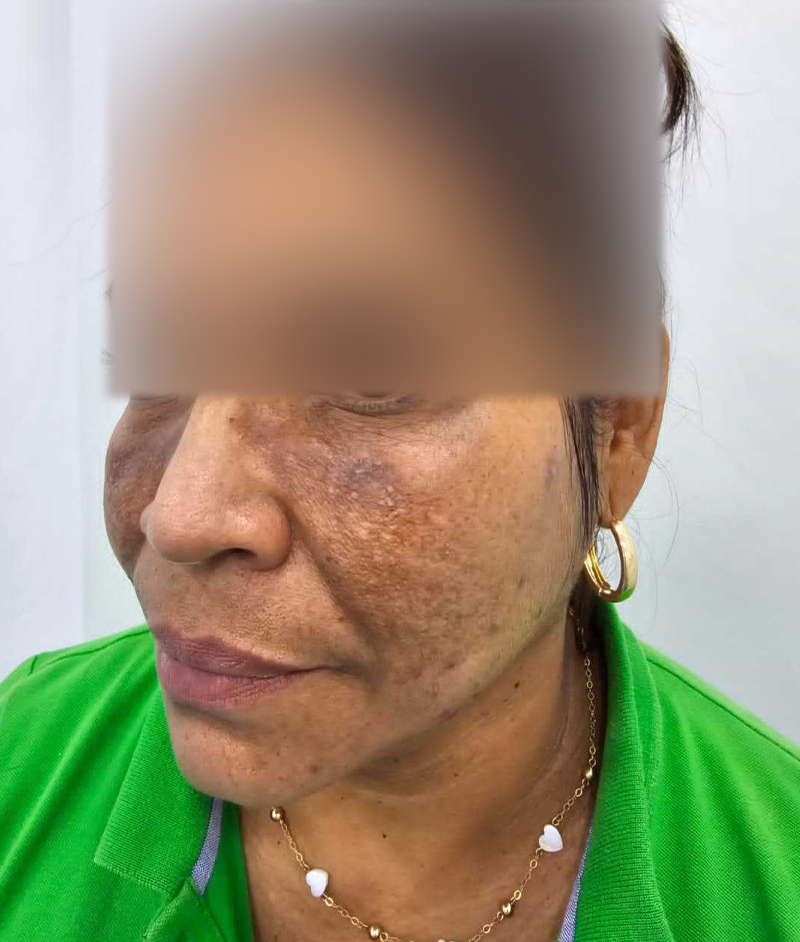
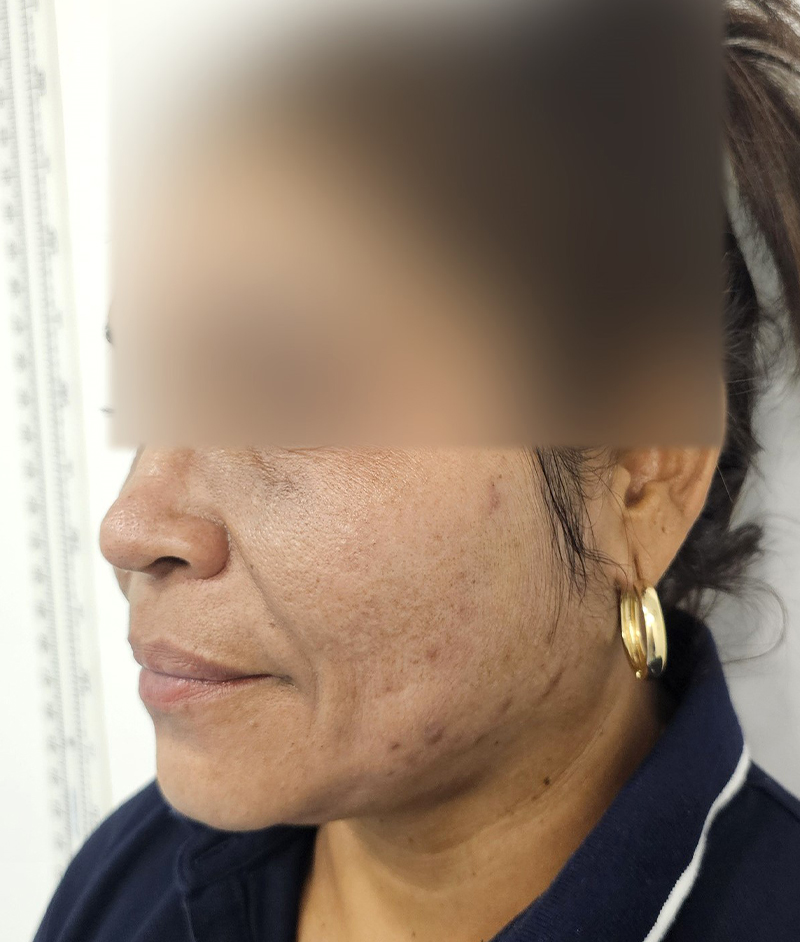
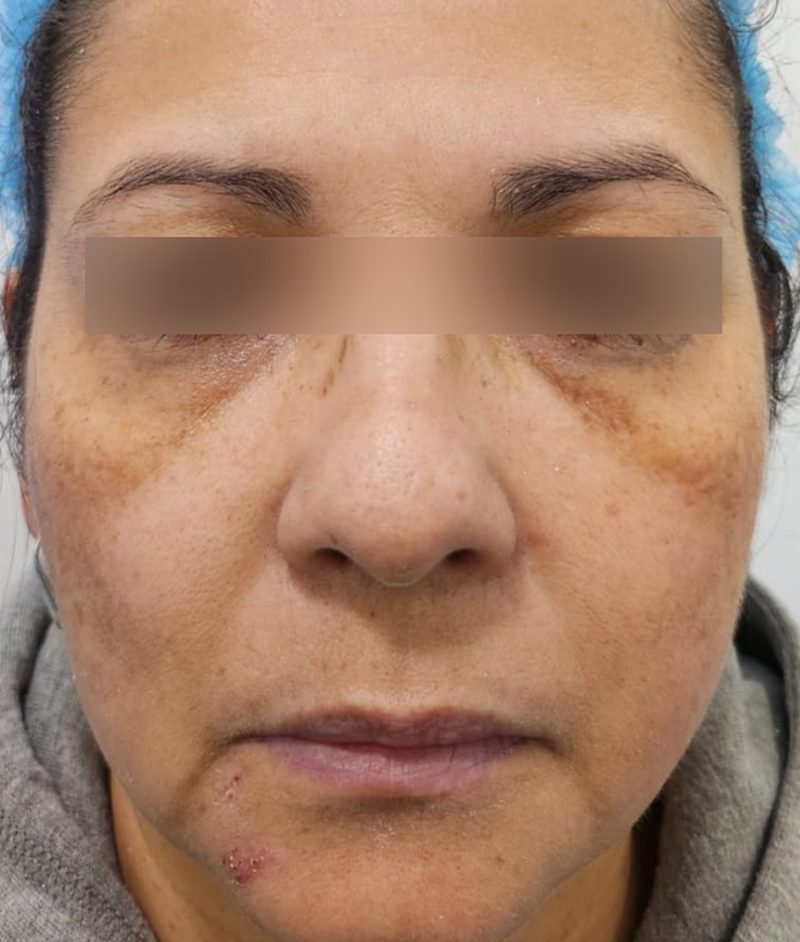
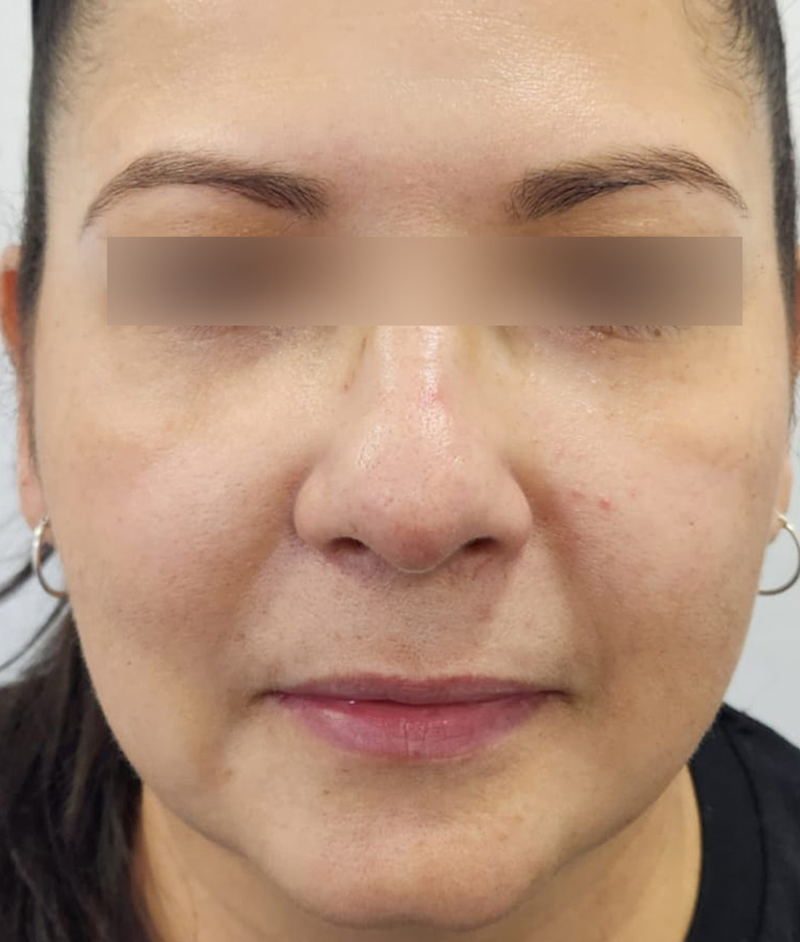
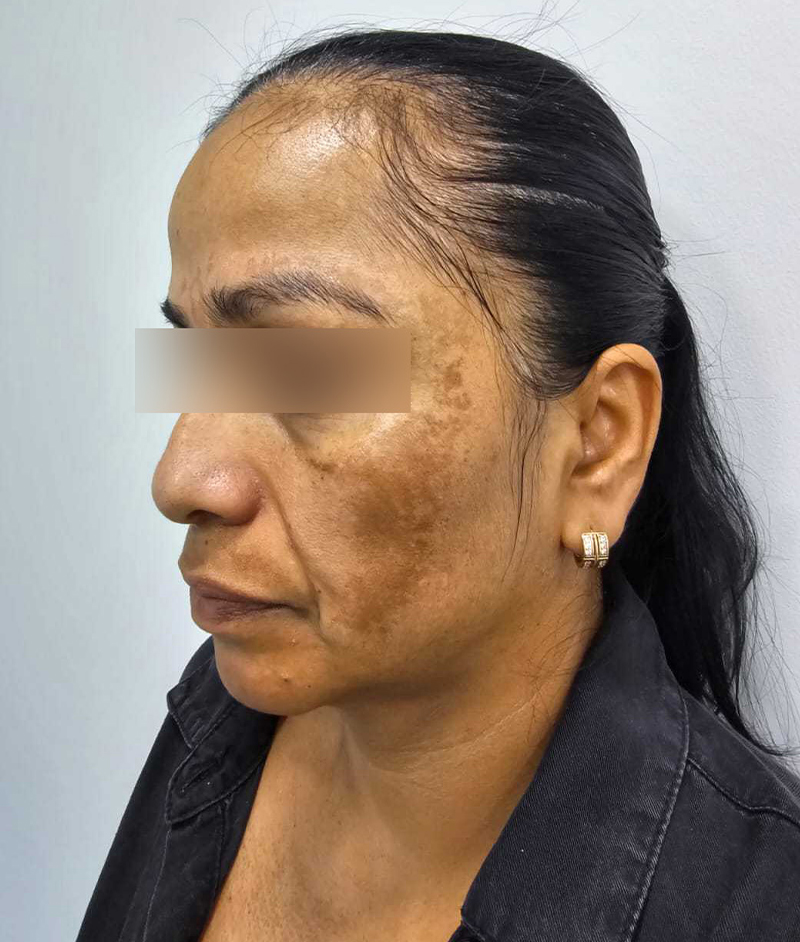
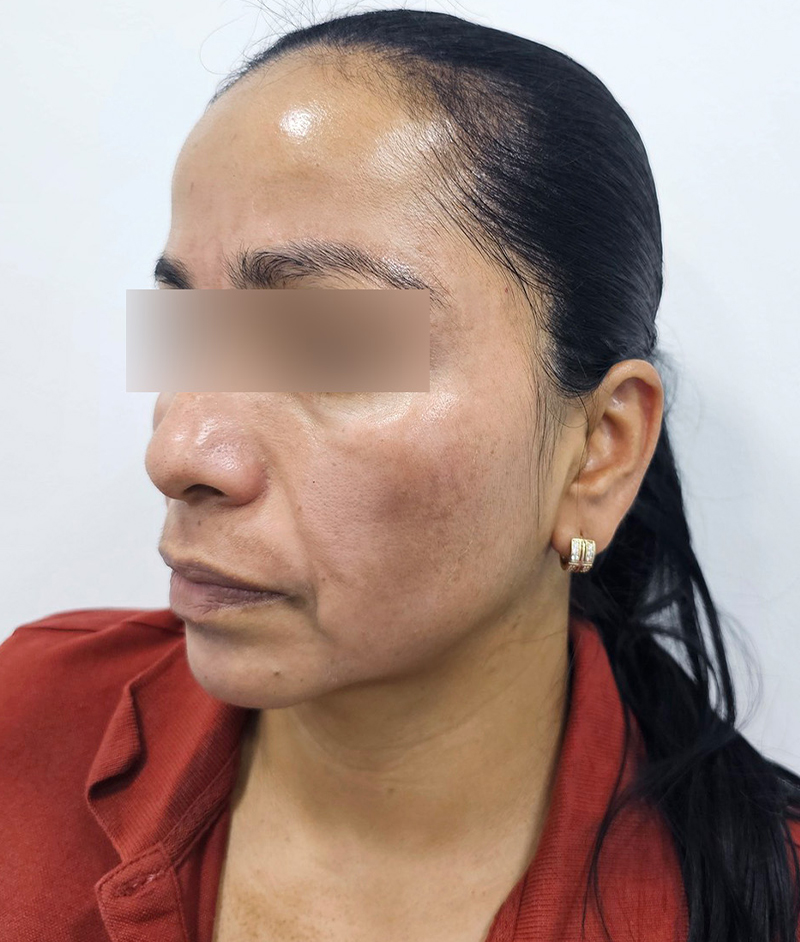
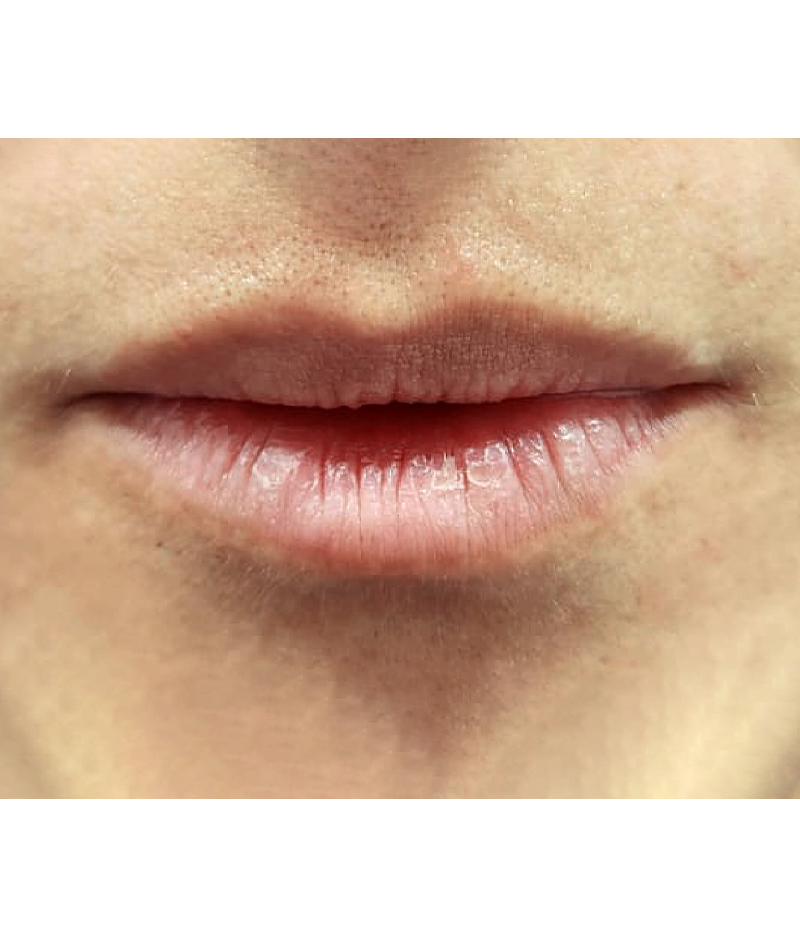
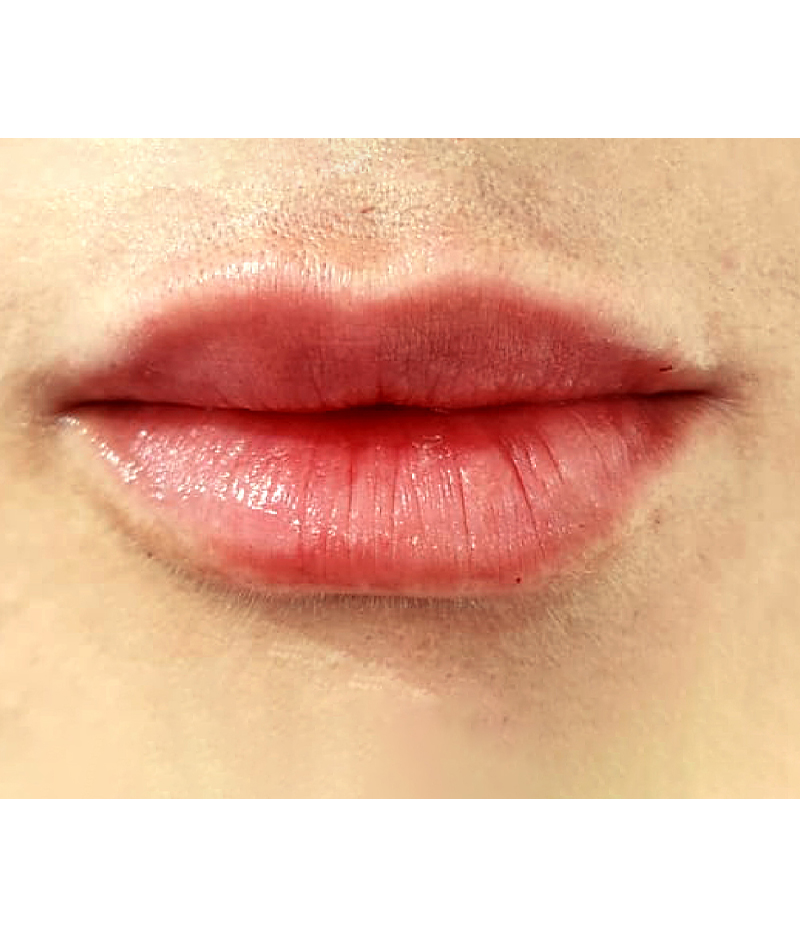
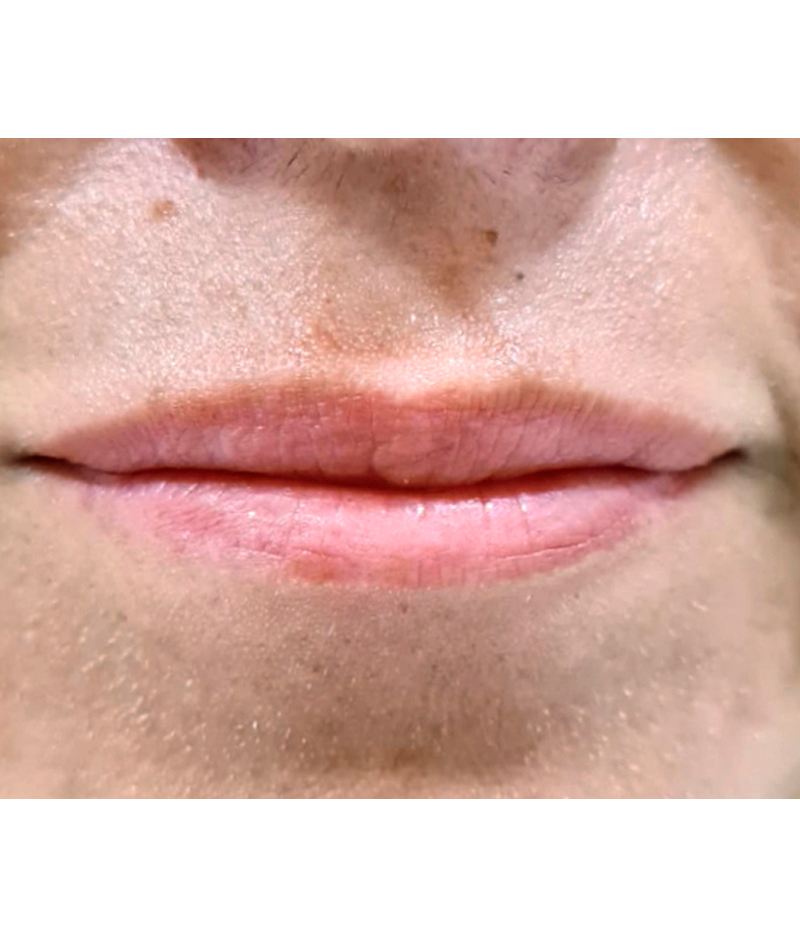
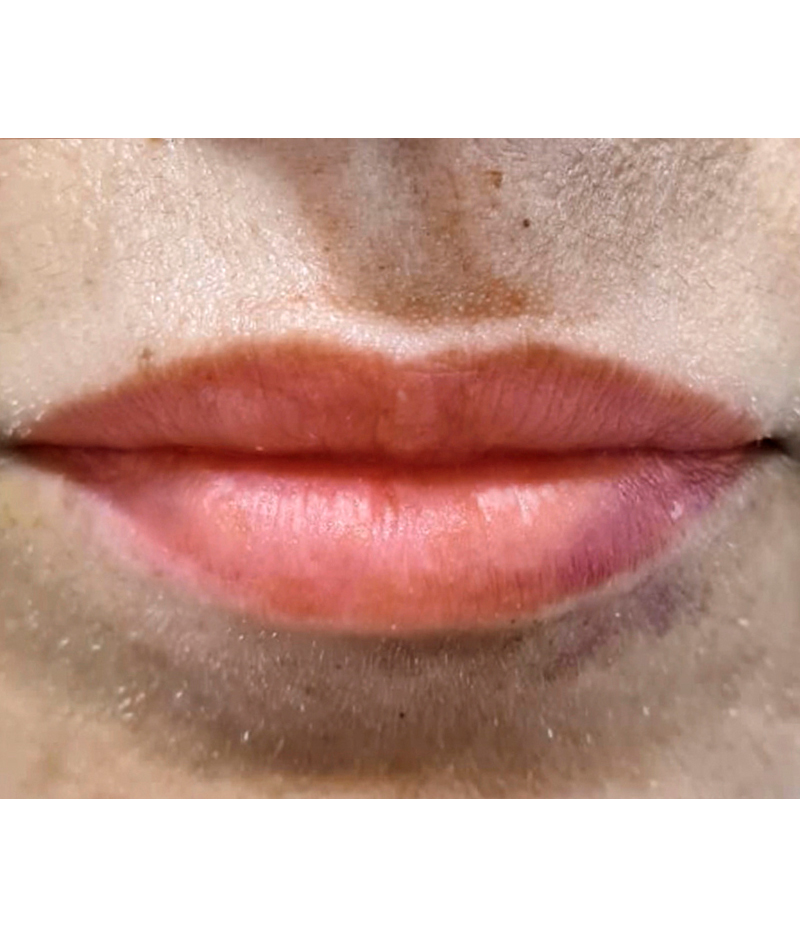
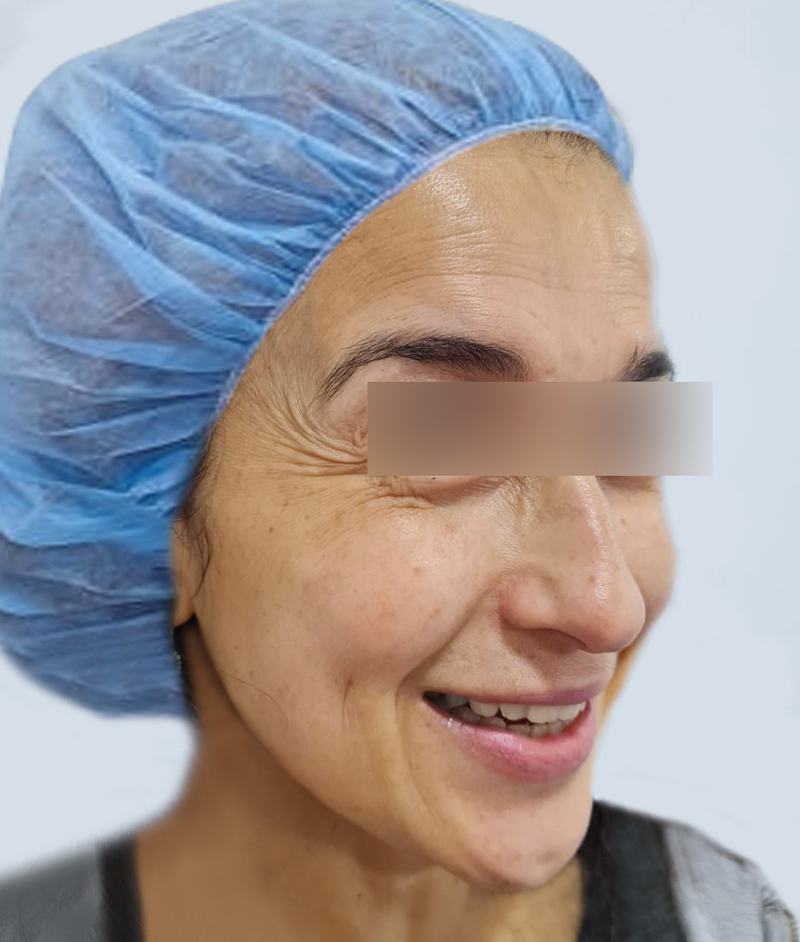
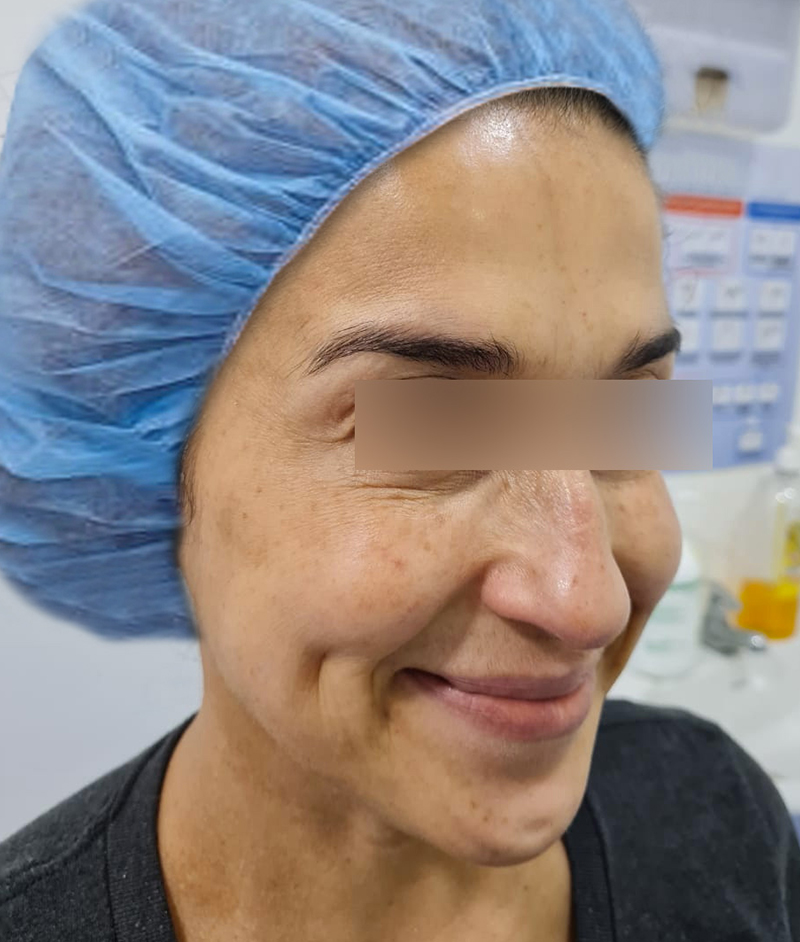
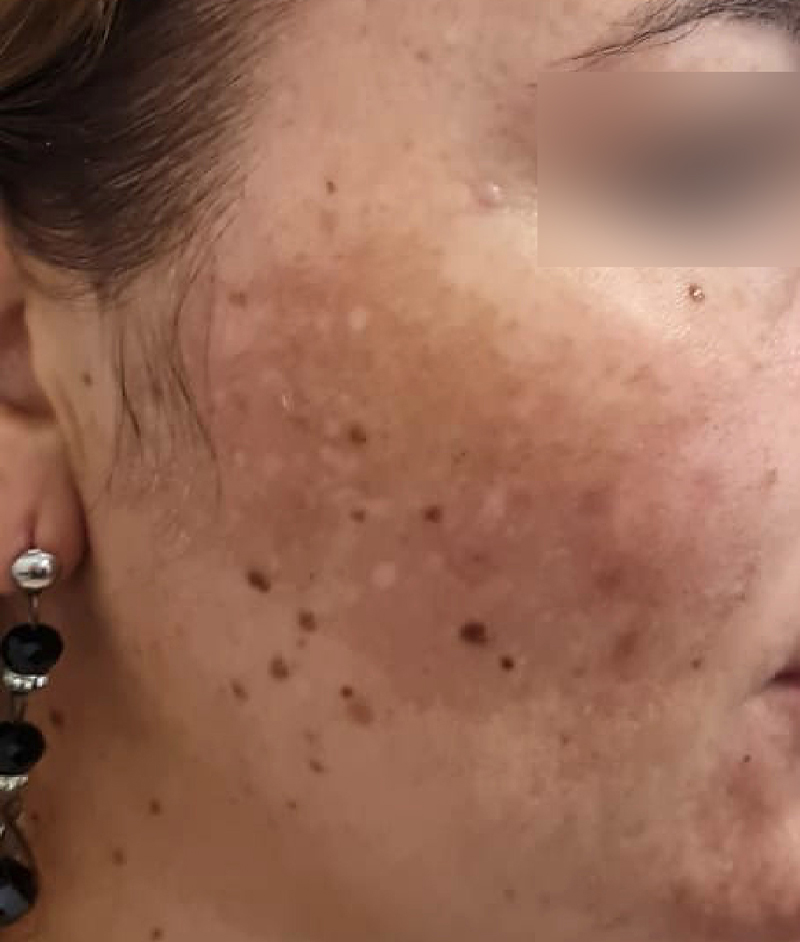
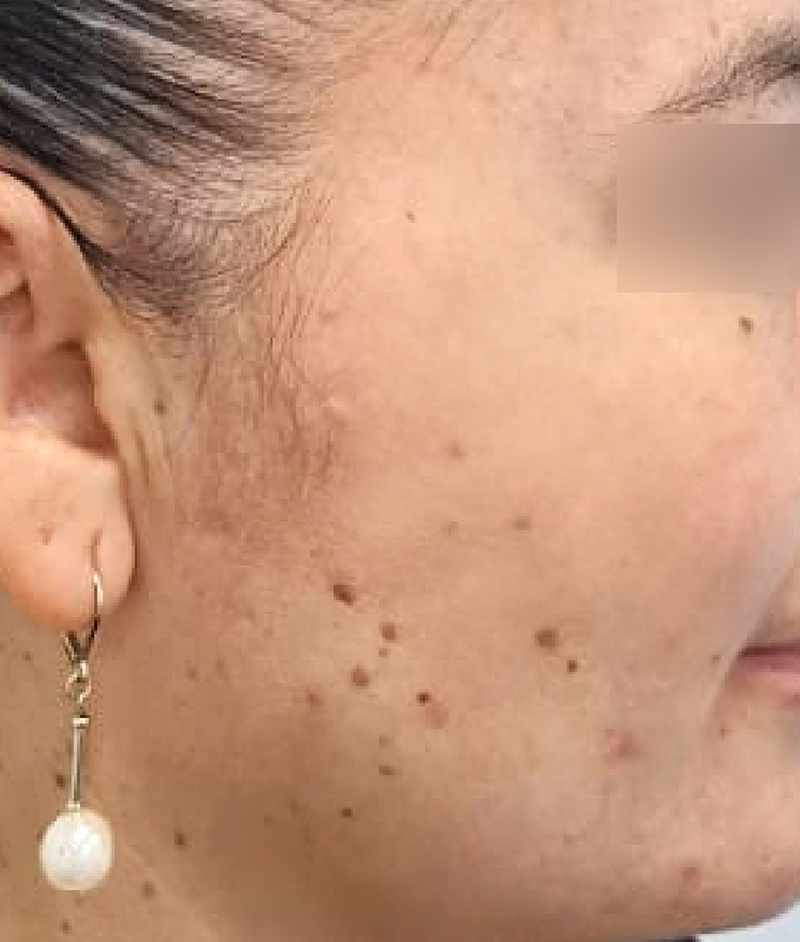
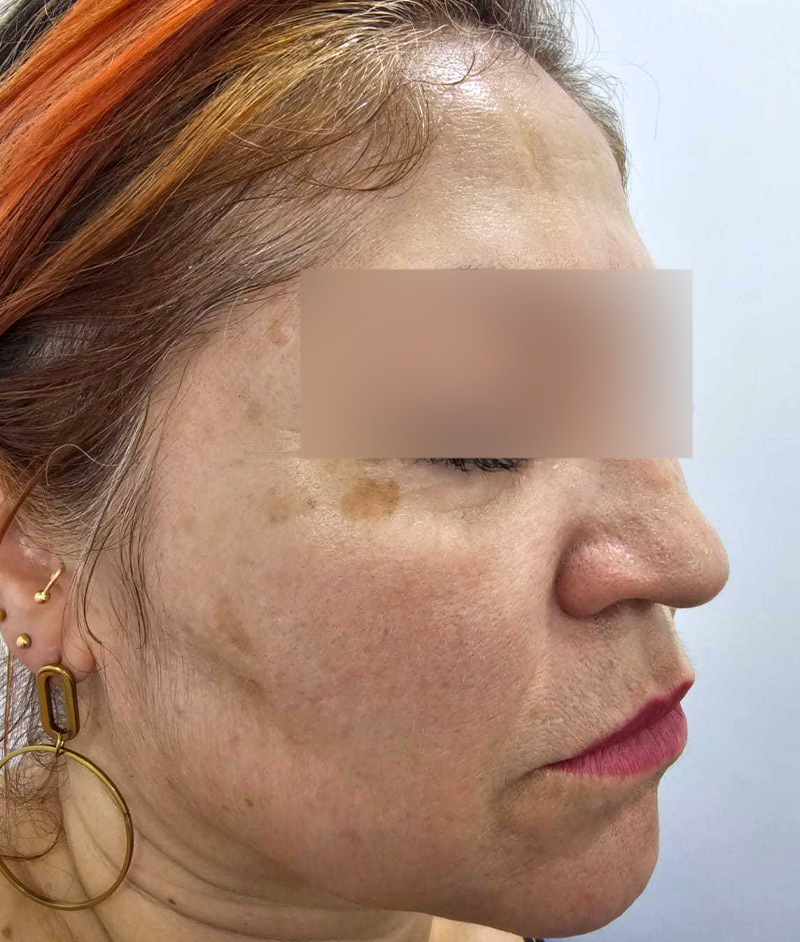
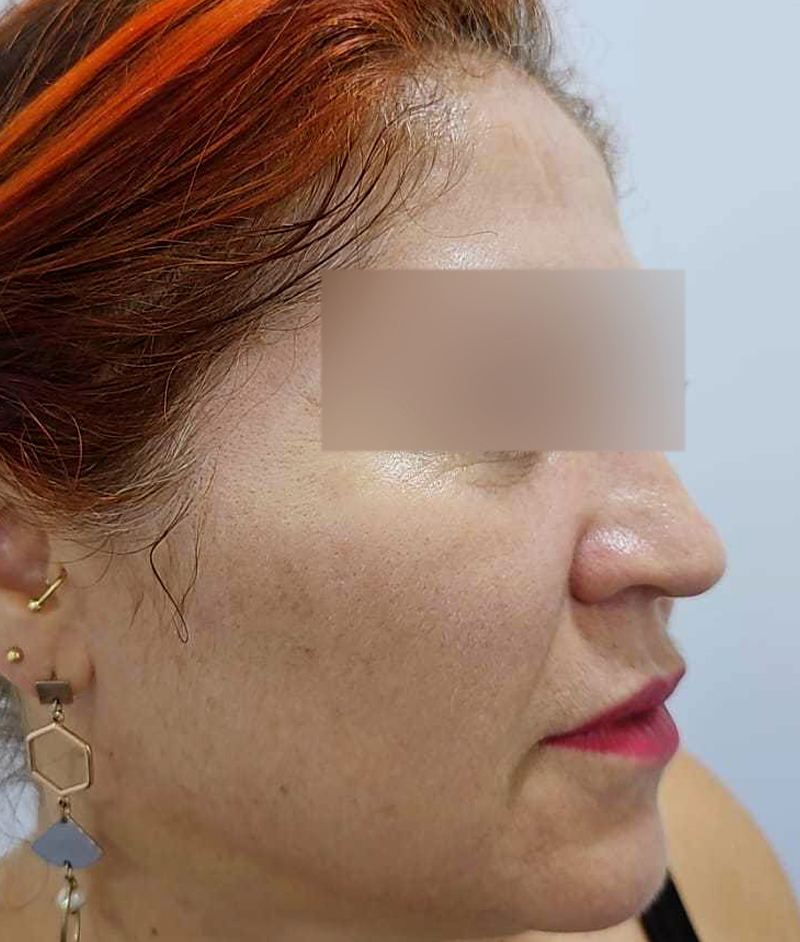
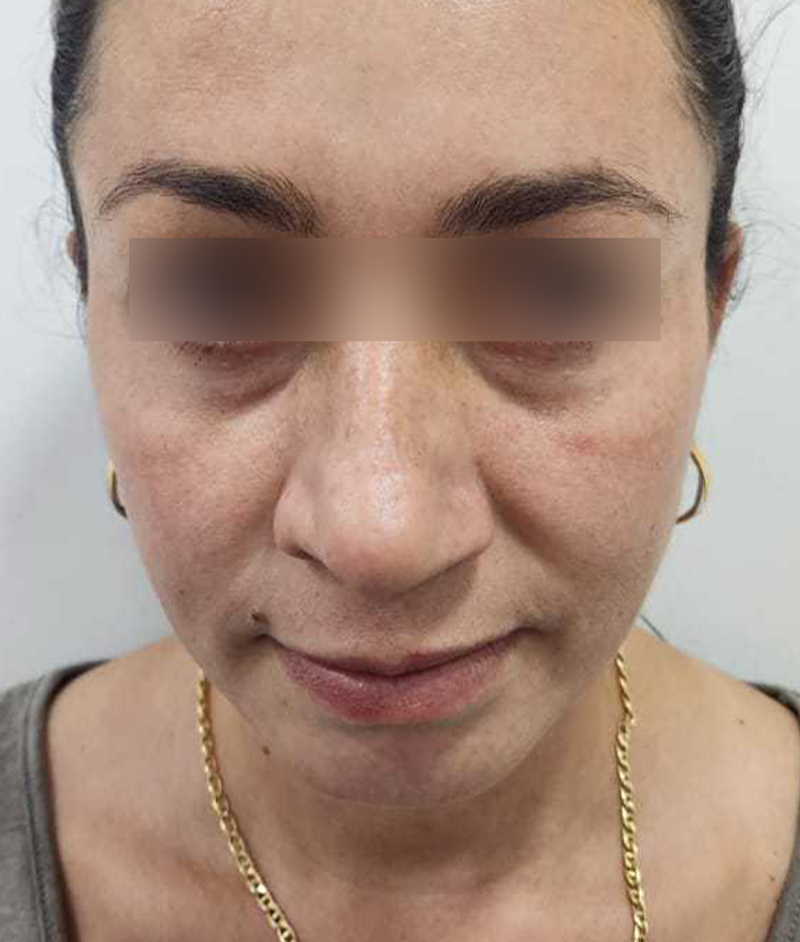
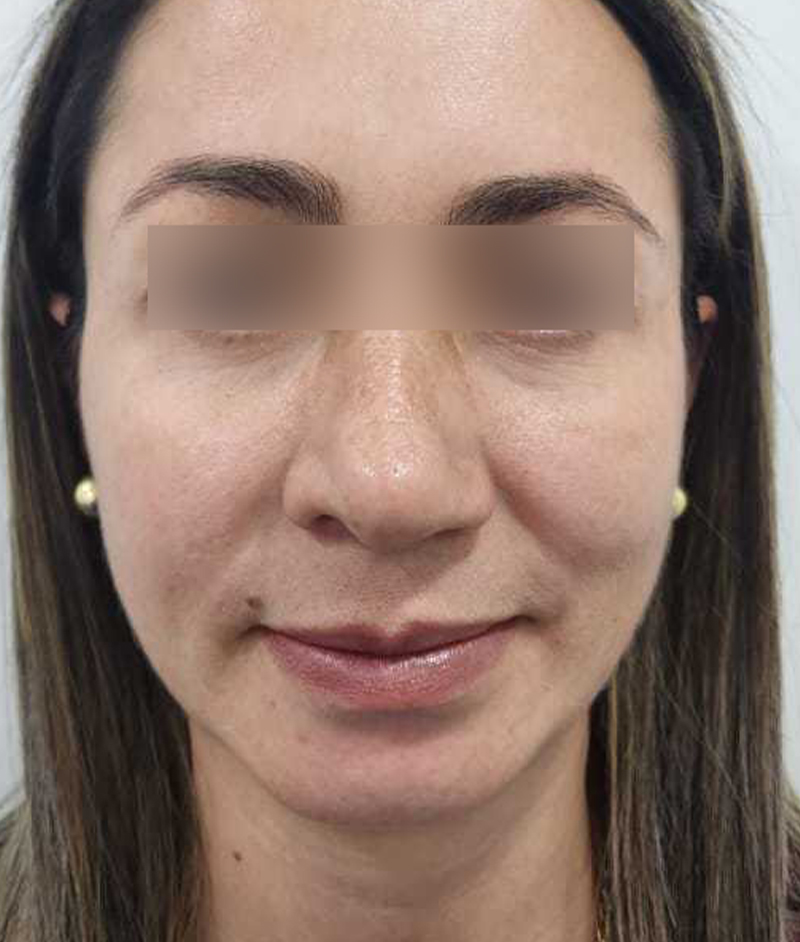
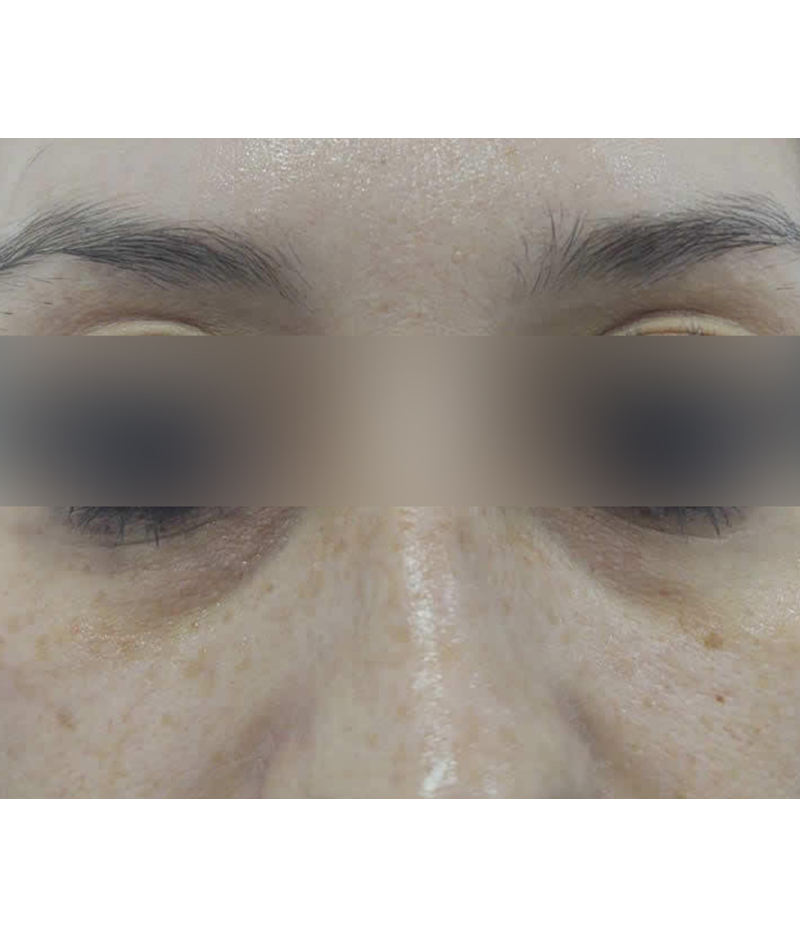
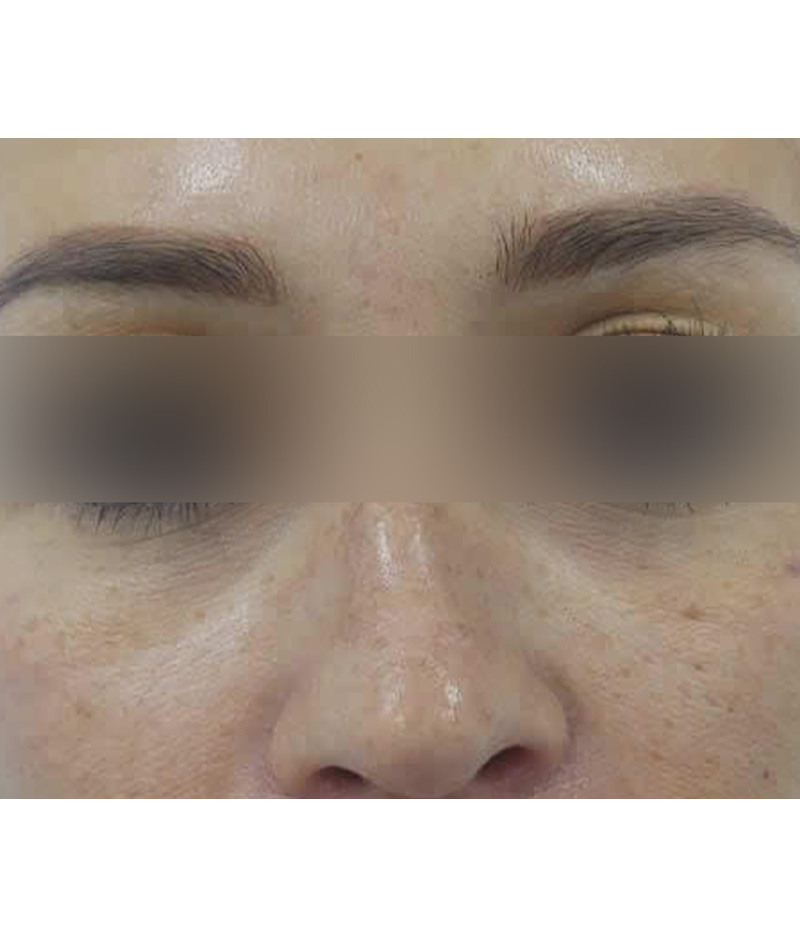
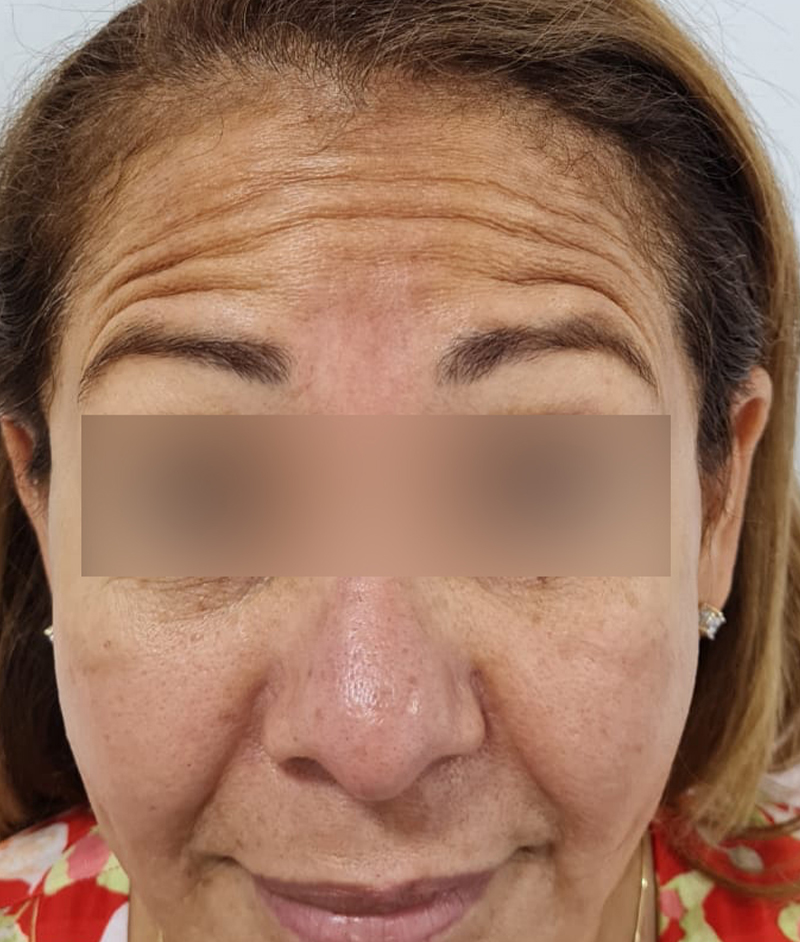
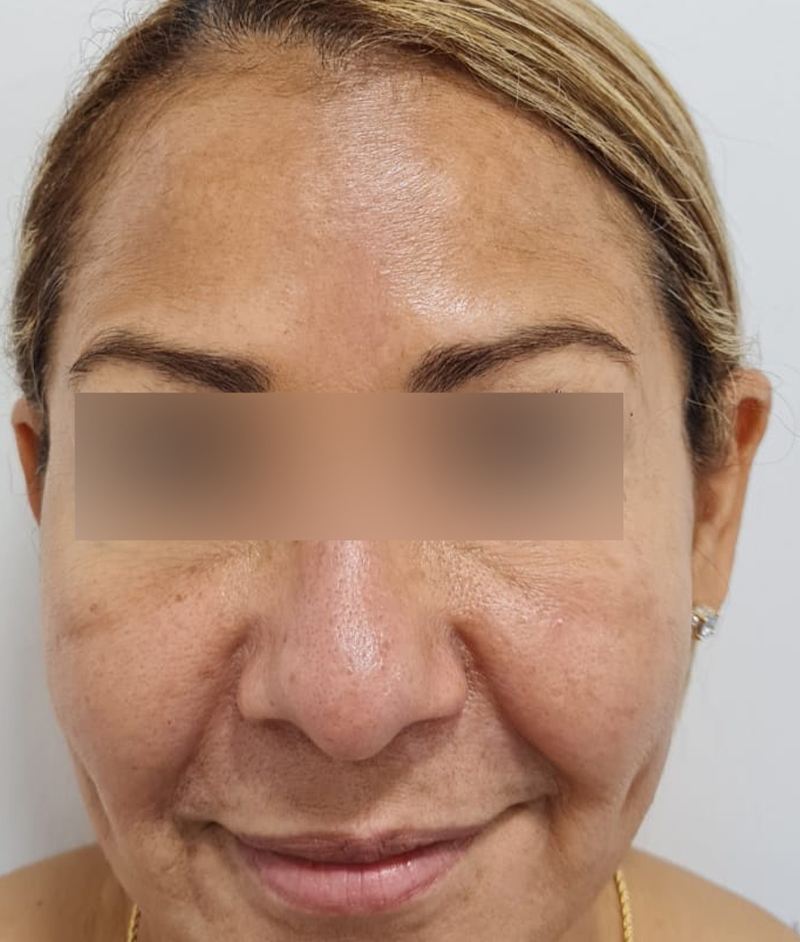
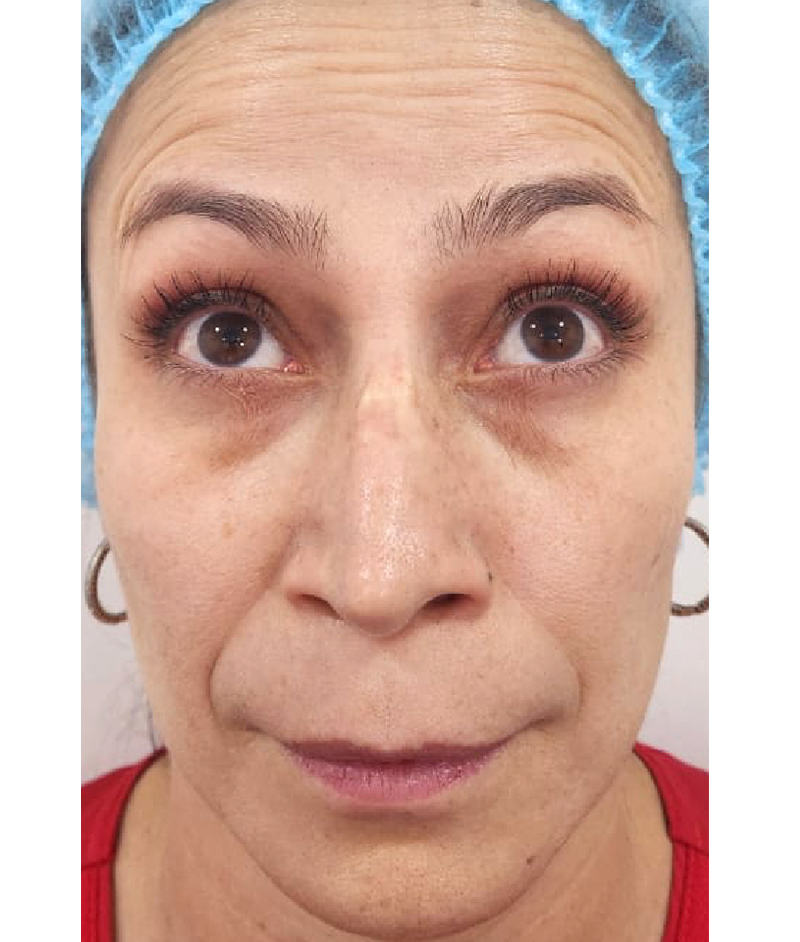
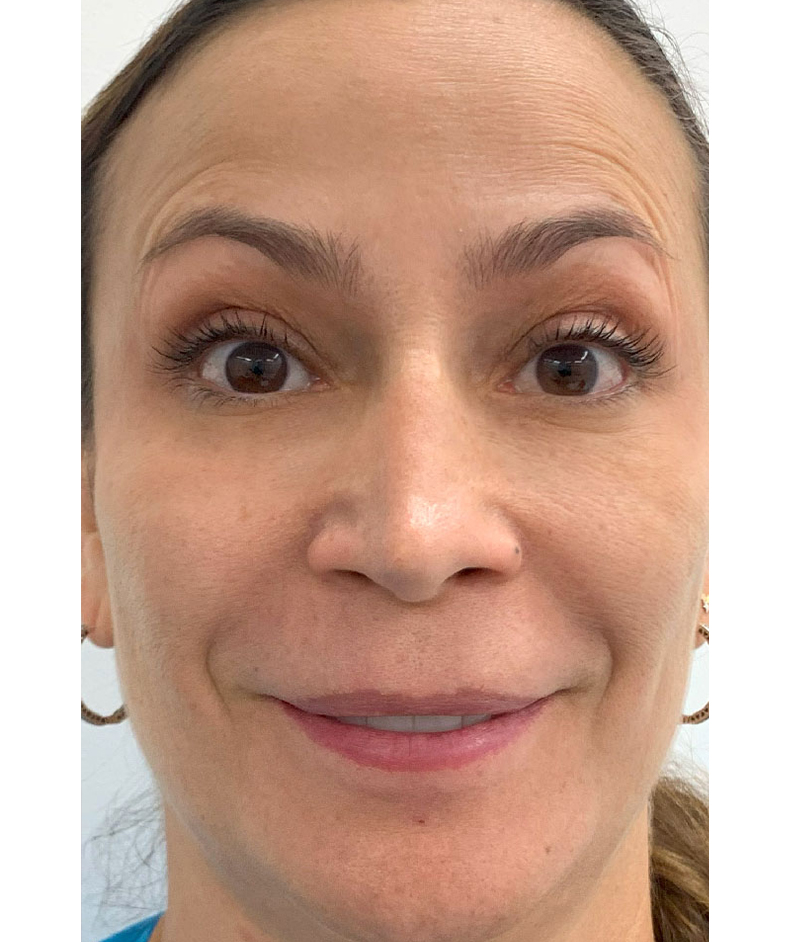
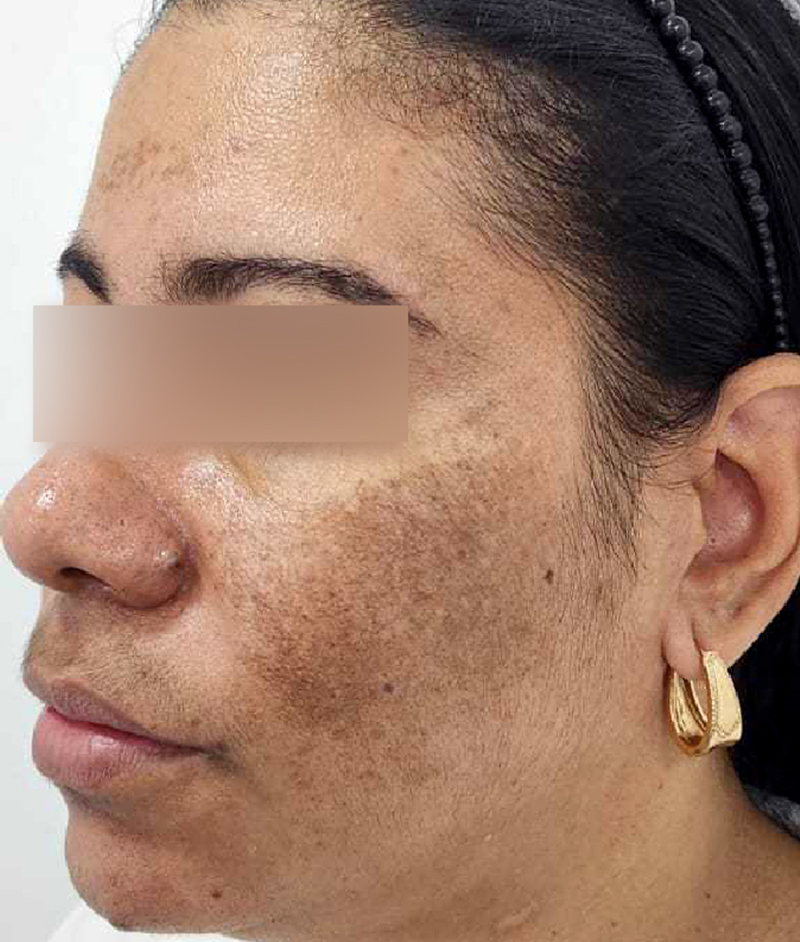
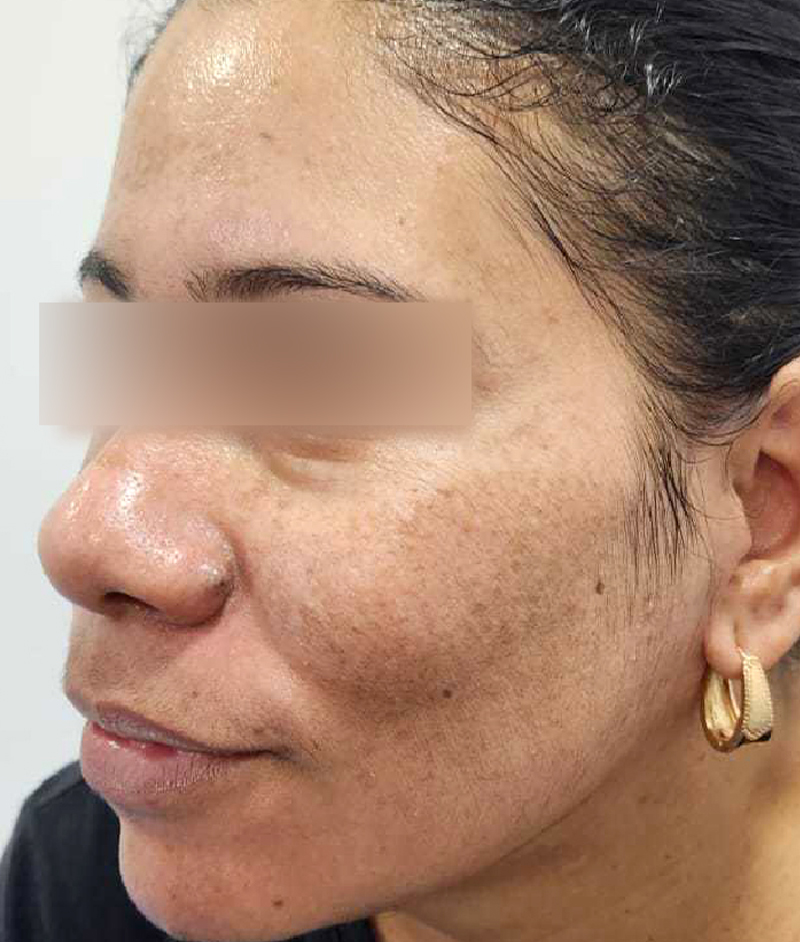
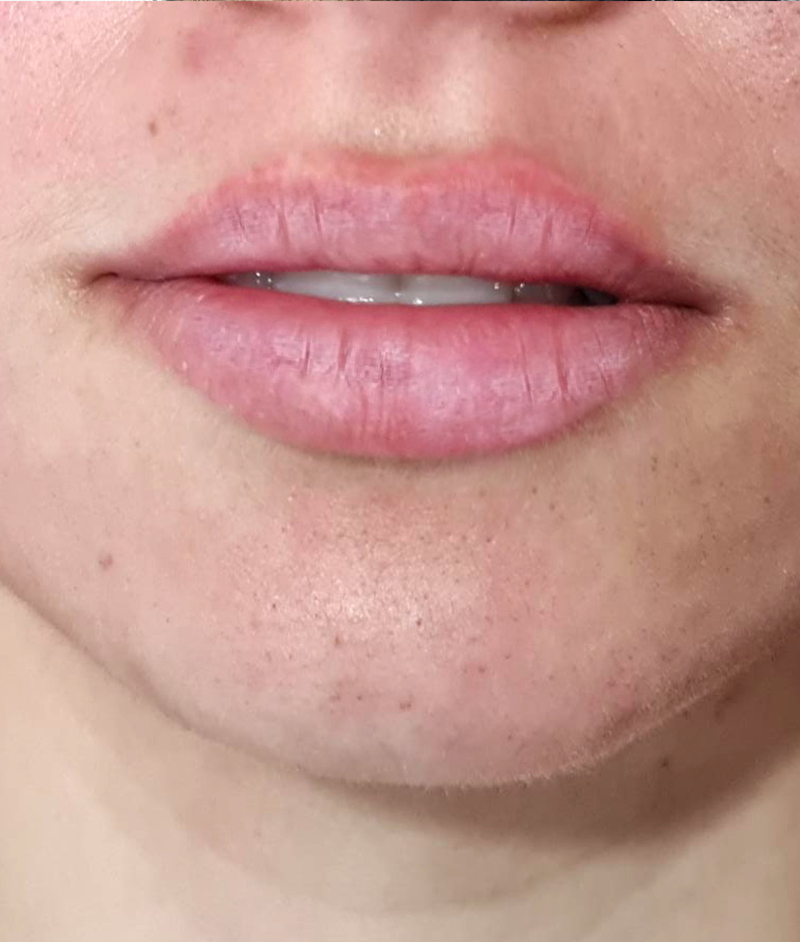
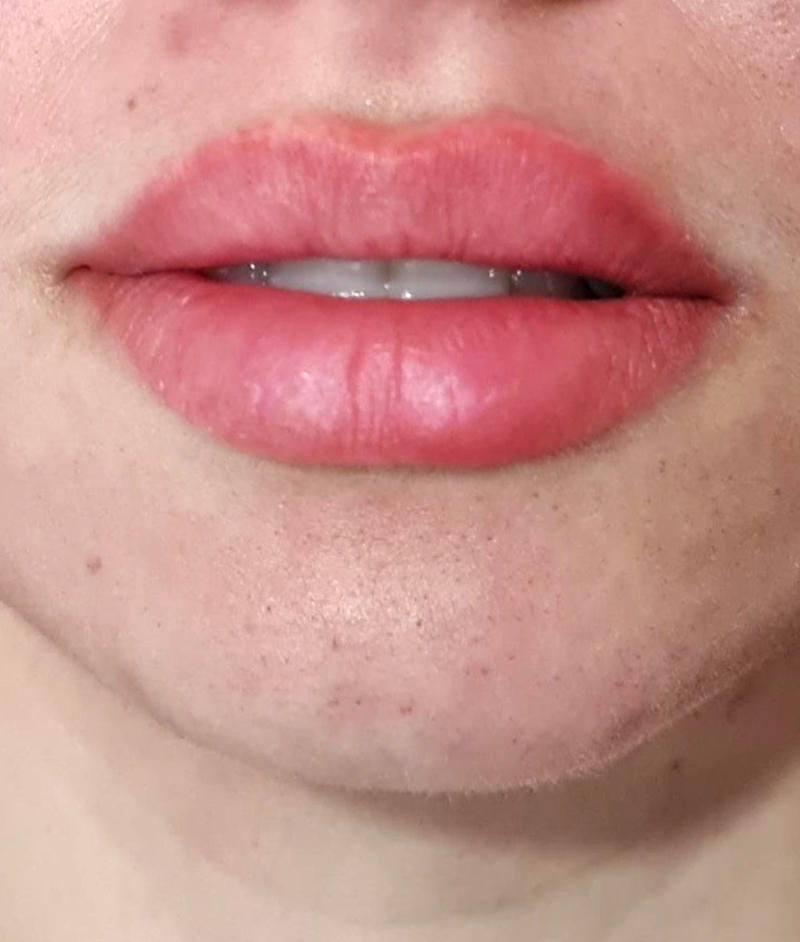
Learn more
In hydrolipoclasia, local anesthesia is usually used in the areas to be treated. This anesthesia is applied to ensure patient comfort during saline infiltration and subsequent ultrasound application. Since the procedure is minimally invasive, no general anesthesia is required. Local anesthesia helps minimize any discomfort without the need for a long period of recovery.
In some cases, depending on the patient’s preferences and the recommendation of the surgeon, general anesthesia can also be used. At Cliniq, our anesthesiologists evaluate each case individually to determine the most appropriate type of anesthesia, ensuring a safe and comfortable experience.
Recovery after hydrolipoclasy is generally quick and easy, as it is a minimally invasive procedure. After treatment, it is common to experience inflammation, redness, or mild bruising in the treated areas, but these effects usually disappear within a few days.
It is recommended to avoid intense physical activities and direct sun exposure during the first 24 to 48 hours. It is also advisable to use compression girdles if directed by the doctor, to help reduce inflammation and improve results. Most patients can resume their normal daily activities almost immediately, and the results become more visible in the weeks following treatment.
Hydrolipoclasy generates little or no significant disability. Because it is a minimally invasive procedure, most patients can resume their daily activities almost immediately. Side effects, such as swelling or mild bruising, are temporary and do not usually interfere with the daily routine. In general, it is not necessary to take time off from work or make important adjustments in everyday life, which makes hydrolipoclasy a convenient option for those who want to reduce localized fat without interruptions in their daily lives.
Post-treatment recommendations for hydrolipoclasy are essential to optimize results and ensure no hassle-free recovery.
Wear compression bands: If your doctor tells you, wearing compression girdles in the treated areas for several days can help reduce swelling and improve body contour.
Avoid intense physical activities: During the first 24 to 48 hours, it is advisable to avoid vigorous exercises or any activity that can increase the pressure in the treated areas.
Stay well hydrated: Drinking plenty of water helps remove dissolved fat cells through the lymphatic system and supports the recovery process.
Avoid direct sun exposure: During the first few days, it is best to avoid direct sun exposure in treated areas to prevent irritation or hyperpigmentation.
Follow a balanced diet: Maintaining a healthy diet helps improve treatment results and prevent the buildup of new fat.
Do not massage treated areas: Unless indicated by the doctor, you should avoid massaging or pressing the treated areas so as not to interfere with the recovery process.
Monitor skin: If unusual symptoms such as severe pain, persistent redness, or no decreased swelling occur, it is important to contact your doctor for an evaluation.

